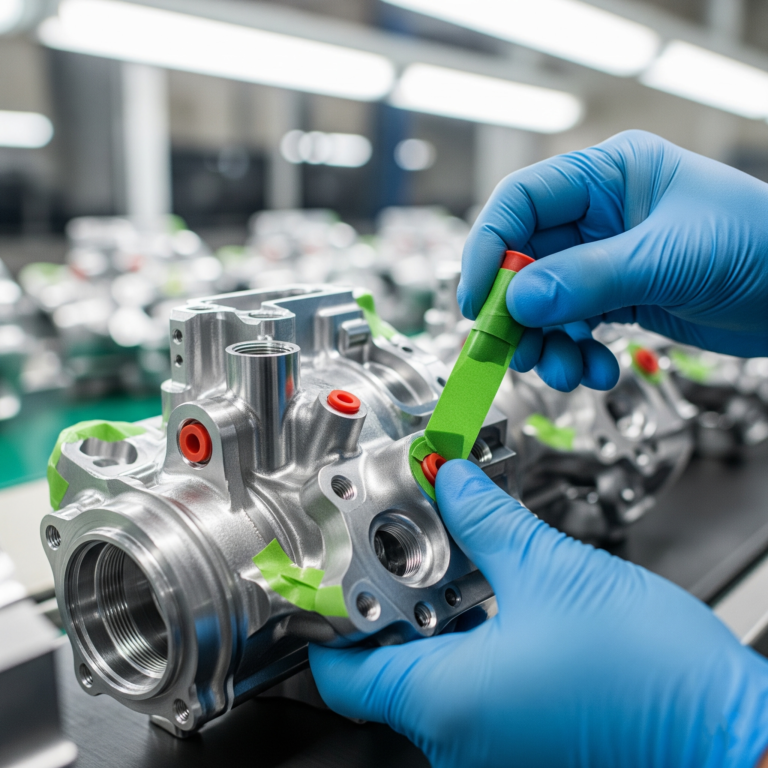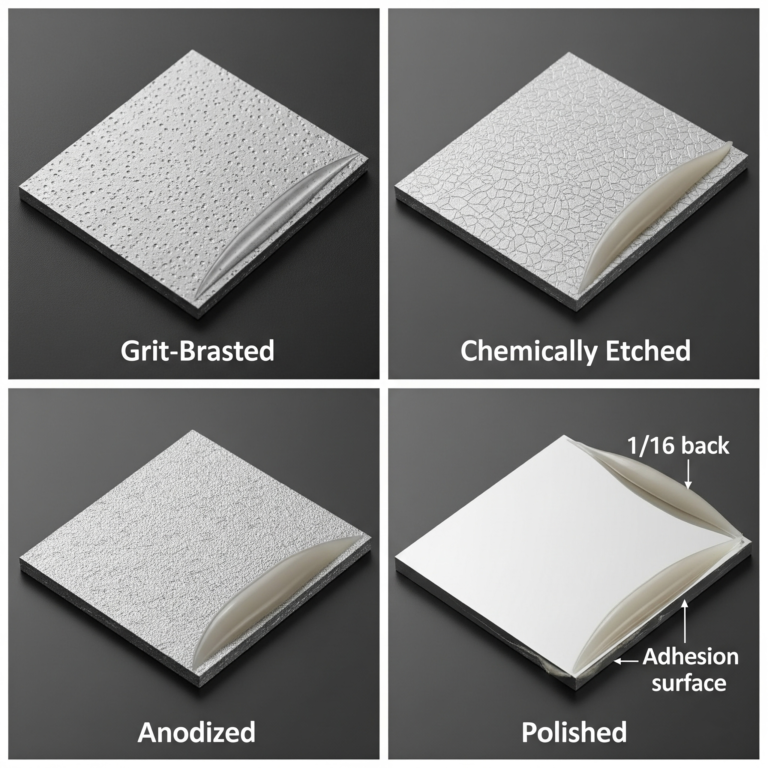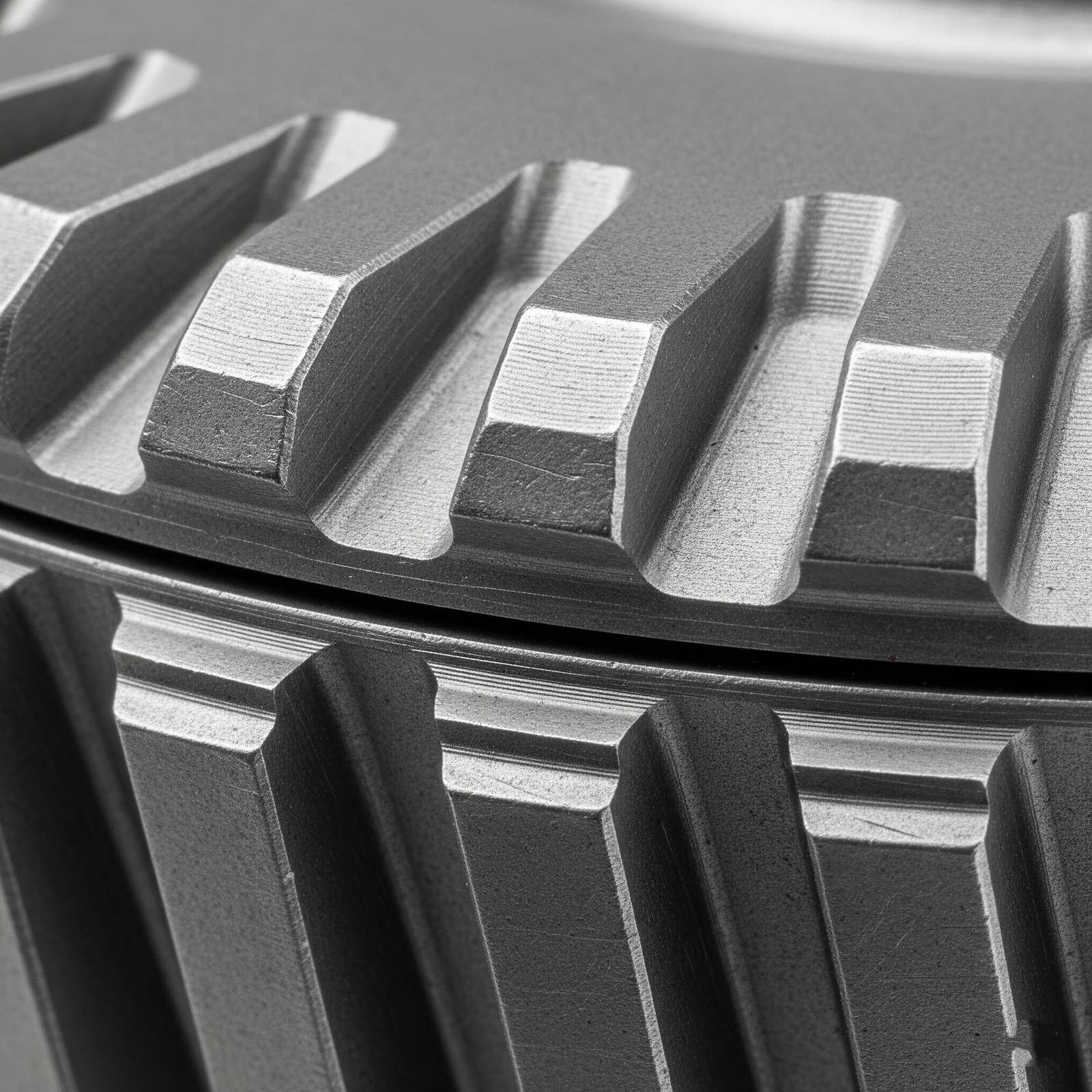
High-strength metal doesn’t help if the surface wears out first.
Even the toughest materials fail early if the surface isn’t treated properly—especially in high-friction or load-bearing applications.
That’s why choosing the right surface finish1 is critical to extending part life. Let’s explore which finishing methods actually boost wear resistance2—and when to use them.
🛡️ When Does Hard Anodizing Maximize Aluminum’s Wear Resistance?

Hard anodizing creates a dense oxide layer on aluminum or titanium surfaces, boosting hardness to 60–70 HRC (Rockwell Hardness) while maintaining tight tolerances.
✅ Best for:
- Lightweight, moving components
- Aerospace fittings, robotics joints
- Sliding interfaces
⚙️ Why engineers choose it:
It’s durable, precise, and electrically insulating—perfect for aluminum parts that must withstand repeated motion or contact.
⚙️ Is Electroless Nickel Plating the Best All-Rounder?
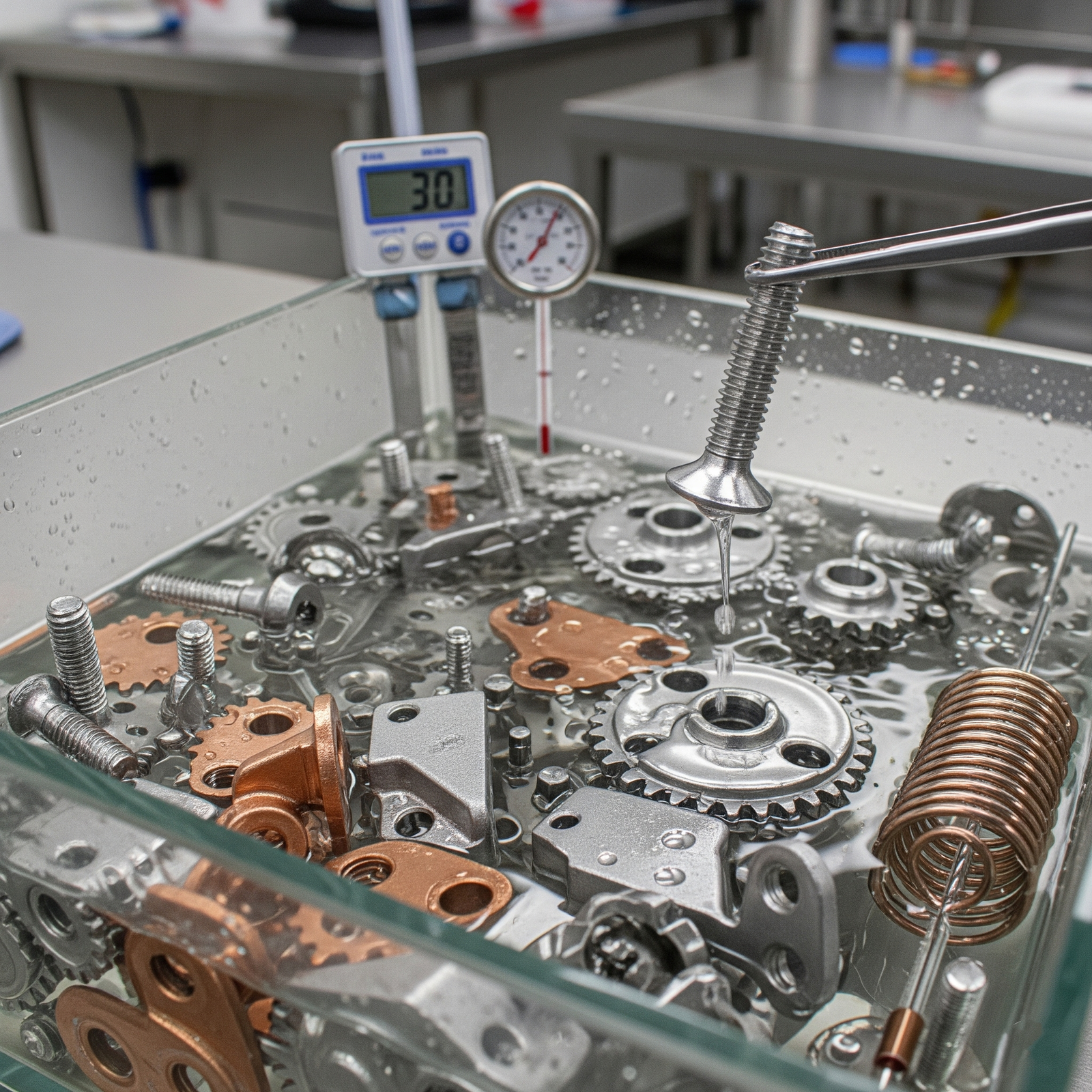
Yes—for steel or copper alloy parts, high-phosphorus electroless nickel3l plating](https://www.pioneermetal.com/our-processes/plating/electroless-nickel/)[^4] (>10% P content) offers uniform coverage, wear protection, and corrosion resistance—especially after heat treatment (up to 70 HRC).
✅ Best for:
- Complex-shaped mechanical parts
- Oil & gas components
- Shafts and gears
🔍 Bonus:
The coating reaches into corners and blind holes—ideal for precision parts with tight dimensional constraints.
🔩 When Should You Use Thermal Spray Coatings Instead of Hard Chrome?
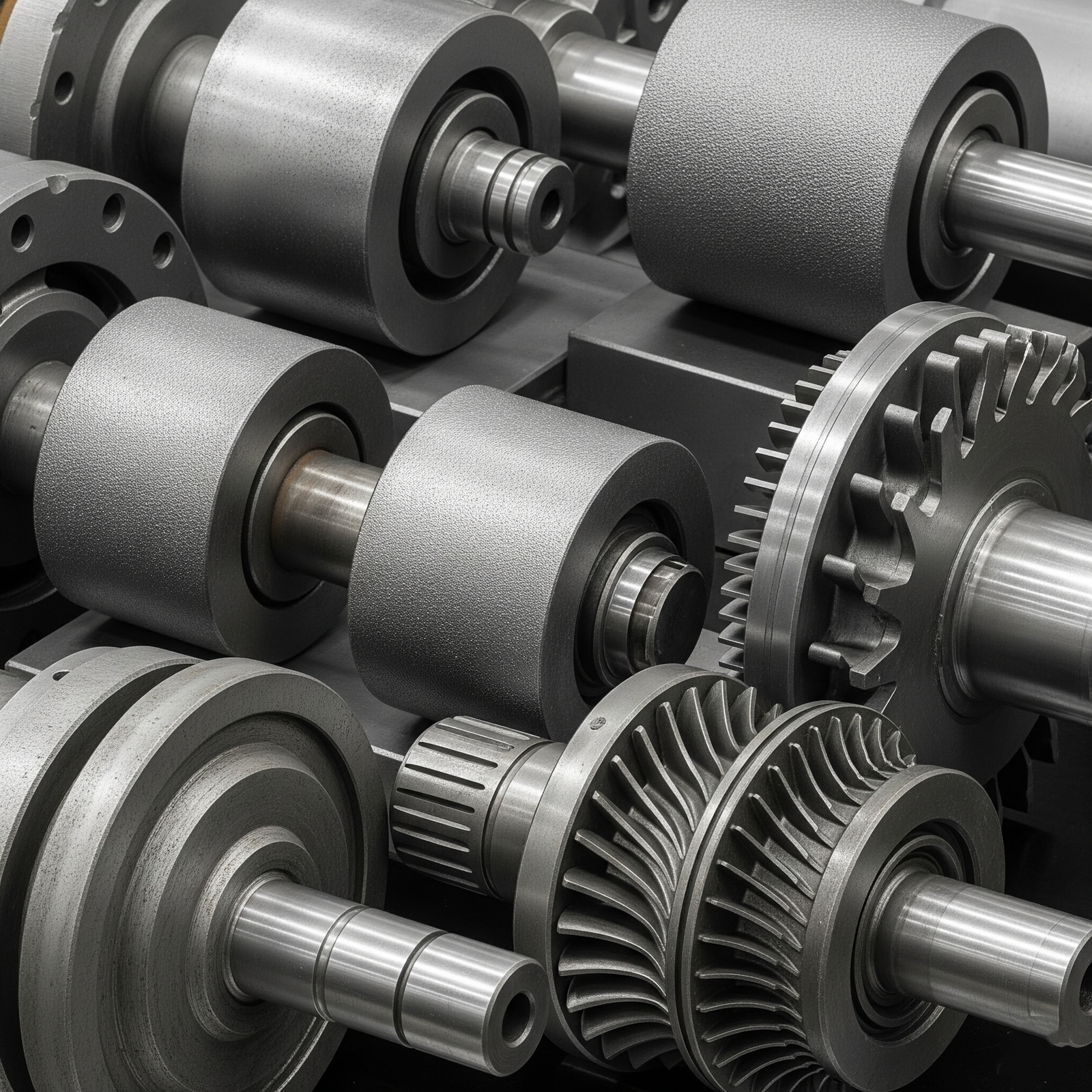
Thermal spray coatings, especially HVOF4, can replace hard chrome in many applications. They deposit a metal or ceramic-based coating at high velocity, forming a dense, wear-resistant barrier.
✅ Best for:
- Pump components, rollers, turbine shafts
- Rebuilding worn parts
- High-abrasion or corrosive environments
🌍 Why it’s trending:
More environmentally friendly than chrome plating, and often offers equal or superior durability.
💎 Is DLC the Premium Option for Extreme Wear Conditions?

Diamond-Like Carbon (DLC)5 coatings offer ultra-hardness (70–90 HRC) and very low friction—making them the go-to for critical applications in automotive, medtech, or tooling.
✅ Best for:
- Piston rings, cams, and valves
- Surgical instruments
- High-speed electrical contacts
💰 Is it worth it?
While DLC is more expensive, it can extend part life by 3–10x—a high ROI for components where failure is not an option.
📊 Comparison Table: Wear-Resistant Finishes
| Surface Finish | Hardness (HRC) | Friction Rating | Suitable Materials | Performance Notes |
|---|---|---|---|---|
| Hard Anodizing | 60–70 | ★★ (Low) | Aluminum, Titanium | Insulating, colorable, great for precision fits |
| Electroless Nickel (Hi-P) | 50–70 (heat-treated) | ★★★ (Medium) | Steel, Copper, Brass | Corrosion + wear resistant, uniform on complex parts |
| Thermal Spray (HVOF) | 60–70 | ★★☆ (Medium) | Steel, Alloys | Hard chrome alternative, no toxic byproducts |
| DLC Coating | 70–90 | ★ (Very Low) | Stainless, Tool Steel, Alloys | Ultra-wear-resistant, thin film, premium finish |
🔍 Quick Tip:
Static parts wear too.
Even non-moving metal parts—like bushings or press-fits—can fail from micro-abrasion6 or galling.
A proper wear-resistant finish prevents early failure without needing a redesign.
📩 Unsure Which Finish Will Prevent Wear in Your Application?
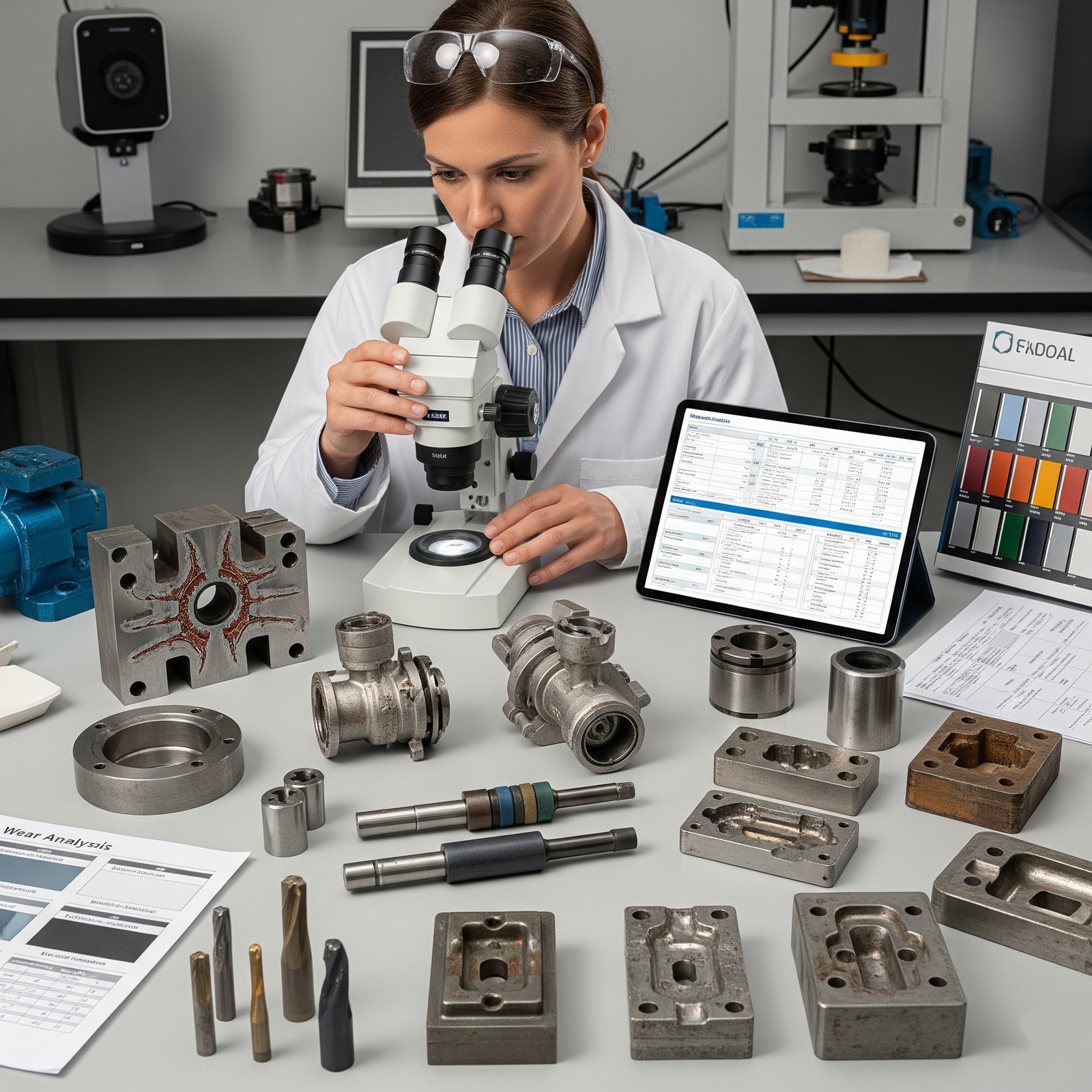
Tell us your material, wear conditions, and performance needs.
We’ll recommend the most cost-effective wear solution7, based on real-world testing and 15+ years of field results.
Examples we specialize in:
- Sliding bushings
- Pump valve assemblies
- Punches and tooling
- Mold cores or inserts
👉 Upload your drawing for a free surface treatment recommendation
✅ Why Engineers Trust Us for Wear-Resistant Finishing

- 15+ years supporting high-wear industrial applications
- Finishing partnerships across anodizing, plating, DLC, and more
- On-site validation and lab access for surface analysis
We’ve helped over 300 engineering teams extend part life, reduce field replacements, and avoid costly downtime.
Let us help you do the same.
-
Understanding surface finish is crucial for enhancing durability and performance in engineering applications. ↩
-
Explore various methods to enhance wear resistance and extend the life of engineering components. ↩
-
Learn about the specific applications and benefits of high-phosphorus electroless nickel plating. ↩
-
Understand how HVOF technology can replace traditional coatings and its environmental advantages. ↩
-
Find out why DLC coatings are preferred for extreme wear conditions and their long-term cost benefits. ↩
-
Gain insights into micro-abrasion and how to prevent wear in non-moving metal components. ↩
-
Explore strategies for selecting the most economical wear solutions based on real-world testing. ↩

